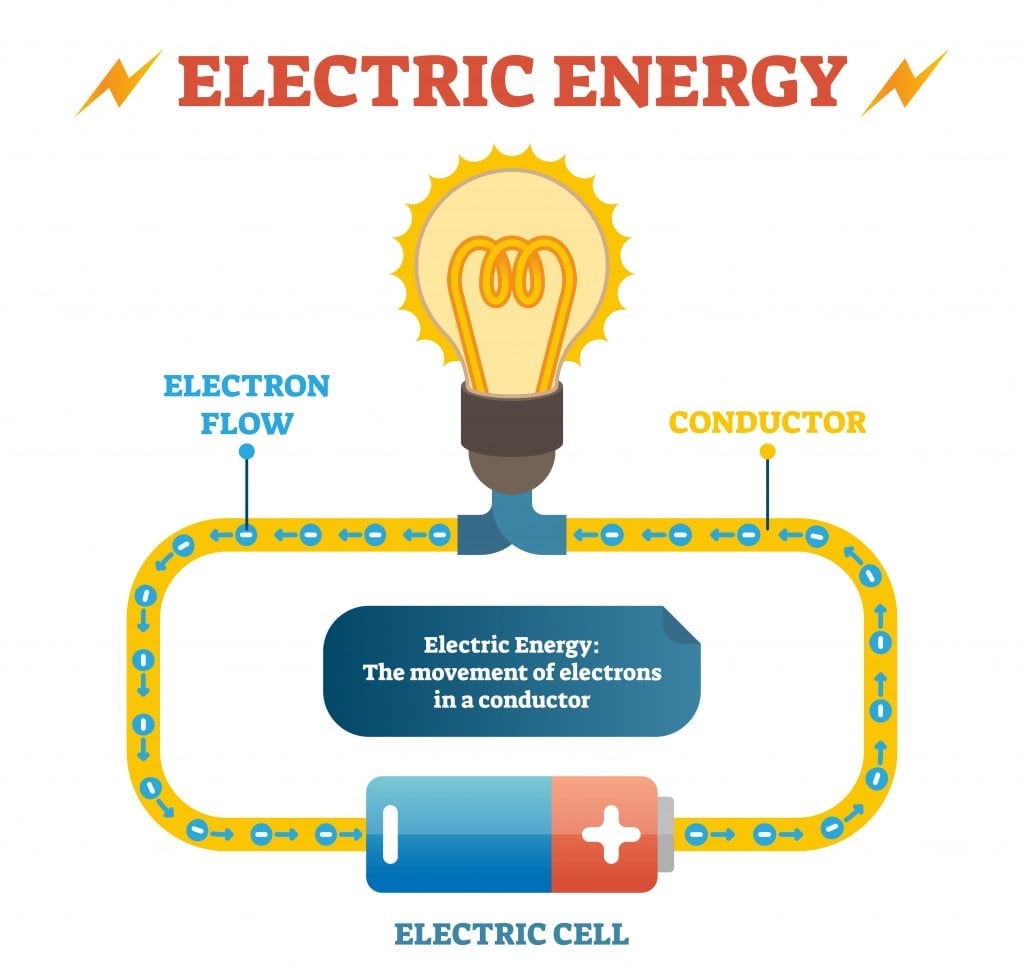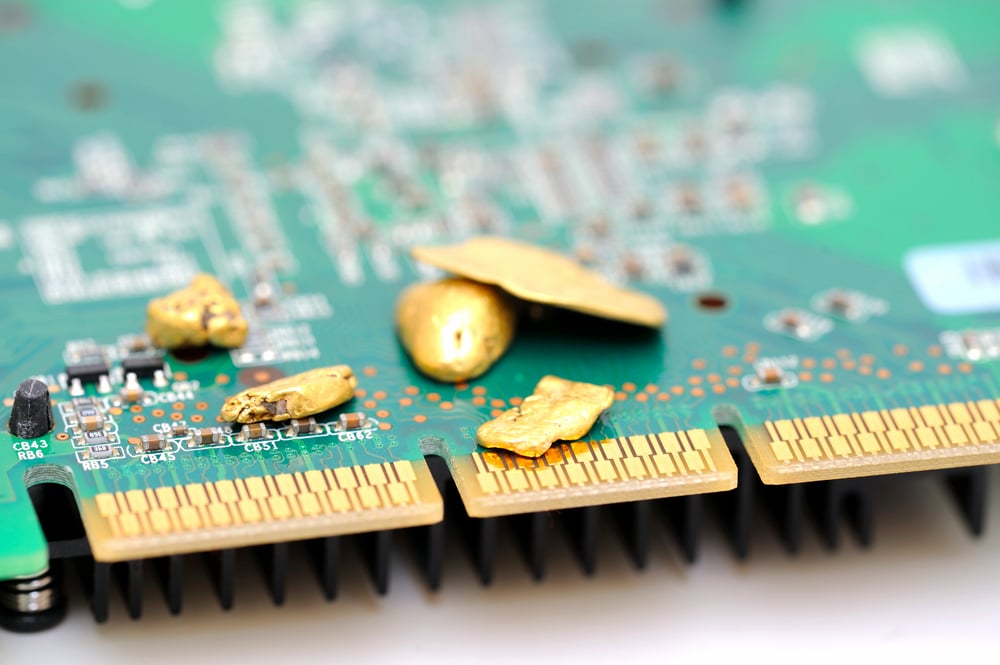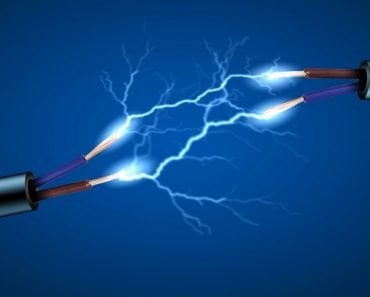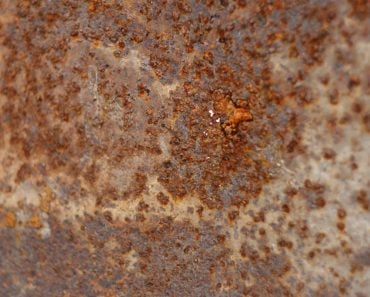Table of Contents (click to expand)
Gold is used in electronics because it is more inert than copper, meaning it does not corrode as easily. Gold is also ductile and malleable, so it can be easily drawn into wires and hammered into sheets. These properties make gold a reliable choice for electrical segments.
The answer relates to the properties of the metals. Gold is used in electronics because it is more inert, ductile and malleable than copper.
A few days ago, while buying a new hard disk for my laptop, I noticed that certain parts of it were plated with a gold-colored metal. It made me curious about whether the metal was actually gold or not.
A quick Google search confirmed that yes, gold was in fact used in electronics fairly regularly. That raised more questions for me. Why use gold when copper is a better conductor and a much cheaper option? So why do we use it? For this, we must first understand how conductors of electricity work.
Recommended Video for you:
What Is A Conductor?
Electricity is a necessary part of our lives today. It is essentially tiny charged particles called electrons hurtling through conductors from one point to another, carrying current. The current in the wire is dependent on the electrons moving through the conductor.
The speed of the electrons is dependent on whether it’s traveling through a good conductor of electricity or if it’s an insulator. A great conductor allows for electrons to pass through easily and quickly. An insulator blocks the passage of the electrons, limiting the current from flowing. Hence, a good conductor has “low electrical resistivity” and insulators have “high electrical resistivity”.

Copper is an excellent conductor of electricity; it is economical and easy to purchase, so it is the most common metal used in wiring. Plastic is an insulator and is often used to encase wires to prevent accidents. The best conductors are often metals like silver, gold, iron, etc.
Copper is a better conductor than gold. With this information comes the puzzle of why gold, instead of copper, is used in making connector ends, like those found on USB connectors.
The answer to this is both simple and complex, and lies in the properties of gold as a metal and the requirements for the conductors used in certain electrical components.
Copper Vs Gold: Comparison Of Their Properties
Gold, a rare and valuable element, associated with grandeur and royalty, is often viewed as something not casually used by the average man. Traditionally, the metal has been used as a form of currency and for ornamental purposes. Evidence of its use dates back to the time of the ancient Egyptian civilization. It remains a popular metal in jewelry and the making of ornaments.

However, in modern times, gold no longer remains a novelty item. Chances are that if you own any form of sophisticated technology, it has gold as one of its parts. A small amount of the metal is used in the production of a variety of electronic components.
Gold is a ductile and malleable metal, so it can easily be drawn into wires and hammered into sheets. About 28 grams of the metal can be beaten into thin sheets of around 17 square meters (Source). Pure gold is a relatively soft metal and is therefore easy to use in the production process of the small and delicate circuits and connectors that are needed. Gold is the most ductile and malleable metal known to man.
Copper is comparatively not as malleable or ductile, and is, therefore, harder to work with. Another quality of the metal that makes its use favored over copper (or even silver) is its reactivity. Gold is known as a “chemically inactive” element, which means that it doesn’t react with other materials easily. Under normal conditions, it is inert, unlike copper or silver, both of which easily corrode and tarnish.

Why Do We Use Gold In Electronics?
These properties discussed above collectively make gold a reliable choice to be used in electrical segments. Computers have the most gold in them. Less complex devices, like camcorders and microwaves, etc. have at least a small quantity of gold in them too!
Copper being more “chemically active” and less ductile is not favored in making the connectors used in technology. These components must be more robust and long-lasting. If the components made using gold are instead made of copper, their longevity and efficiency would be reduced and they would need to be replaced often, making the devices they are used in more expensive and demanding of high maintenance.
Today, the largest industrial use of gold is in the electronics industry. Due to it being relatively more expensive than other metals and the fact that there is a shortage of supply, there is a move to recycle gold used in old electronics because its demand is still high in the industry. Fun Fact: there are more YouTube videos on how to salvage gold from electronics than there is on why its use is favored!
Unfortunately, the consensus is that unless done on an industrial scale, the process is more expensive and dangerous than it’s worth. 10% of the recycled gold supply in the world comes from the industrial recycling of electronics.
With this laundry list of advantages of using gold to make electronic parts, it is no wonder that even with all the economic challenges its use poses, it is still preferred over copper and other conductors in the production of connectors and other delicate components.













